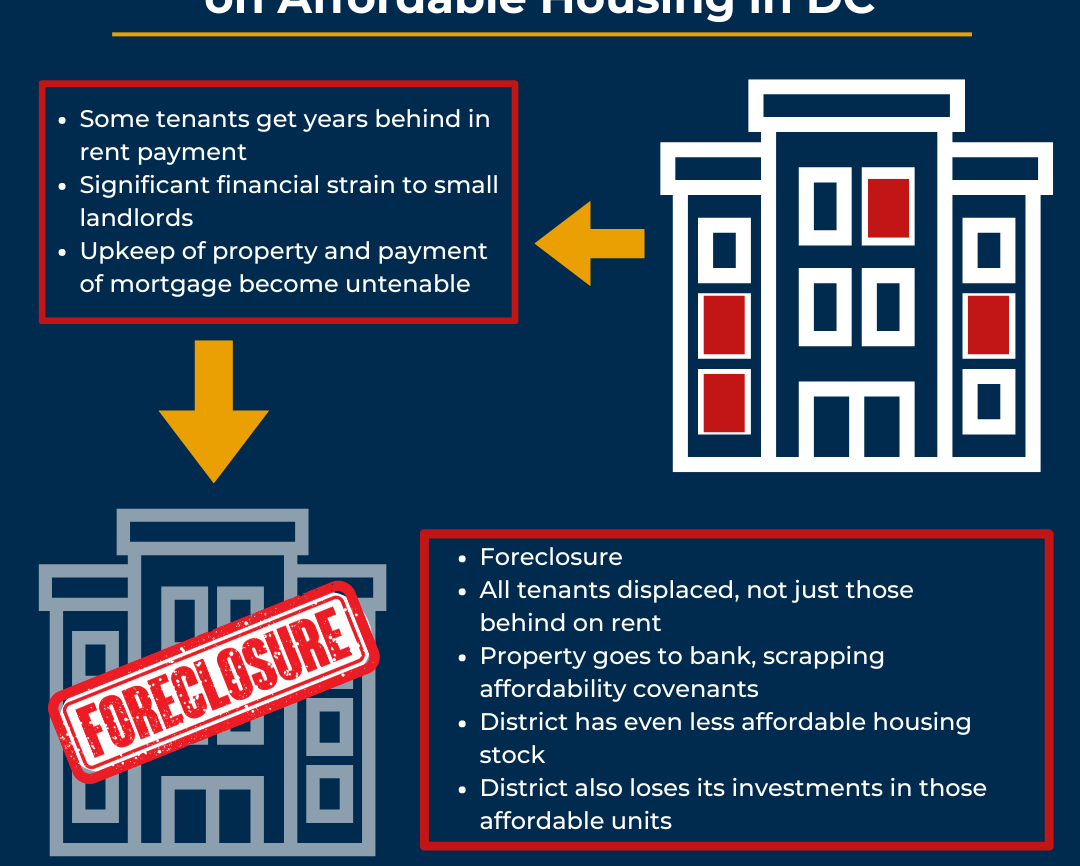Bordered roughly by Eastern Avenue and the Anacostia River on the east, Benning Road and Florida Avenue on the south, New Jersey Avenue and Park Place on the west, and Rock Creek Church Road, North Capitol Street, and Riggs Road on the north, Ward 5 is one of the largest in the District of Columbia; more than 90,000 people call Ward 5 home. Two railroad lines and several of Washington’s major arterial streets such as New York, Rhode Island, South Dakota and Michigan Avenues traverse the area, which is also served by the Red, Green, and Yellow Lines of the Metrorail System. As a result, Ward 5 has served almost from the infancy of the national capital as an “edge city” for Washington, housing the largest concentration of industrial land uses in the city along its many transportation routes. Amidst these uses are federal facilities, hospitals, cemeteries, the city’s fresh produce, and wholesale market district, many small shops and local businesses, and numerous religious institutions and hospitals mostly associated with the Catholic Church. The residential community that sprang up along the byways boasts a diversity of housing stock and architectural styles from the single-family homes of Woodridge, South Woodridge, Langdon Park, and Brookland, the rowhouses of Edgewood, to the apartment buildings that characterize Carver-Langston. Within these boundaries are numerous cultural resources of which residents of the 20 plus neighborhoods– including North Michigan Park, Michigan Park, Lamond-Riggs, Arboretum, Bloomingdale, Bates, Hanover, Truxton Circle, Union Market, Trinidad, University Heights, Queens Chapel, Ivy City, Fort Lincoln, Dakota Crossing, Gateway, Carver Terrace, and Langston – feel protective and overwhelmingly proud. In fact, the civic activism of Ward 5 residents over the decades has demonstrated their recognition of these treasures. From the original boundary stones delineating the District’s boundaries to magnificent religious edifices to open green areas and parks, the ward abounds with sites that contribute to and convey the quality of life and heritage that denotes Ward 5.
History of Ward 5 DC
What is now Ward 5 was formerly a part of Prince George’s County, Maryland. It was still relatively unpopulated and largely open countryside with forests, meadows, and farmland and four major transportation routes from Maryland to the Potomac or to Georgetown which pre-dated Washington: the Anacostia River, Bladensburg Road, Queen’s Chapel Road and Brentwood Road. Except for a small corner found in the new Washington City, most of what is now Ward 5 was located in the new County of Washington north of Boundary Street (Florida Avenue). The roads and subsequent transportation routes became the defining characteristic of the development of Ward 5 and informed its identity as the industrial and institutional center of the District of Columbia. The Eastern Branch/Anacostia River at the ward’s eastern boundary once was referred to as “one of the safest and most commodious” waterways in America. Goods such as tobacco were sent along the river from Bladensburg, Maryland to the Potomac. Eventually, the removal of the tree canopy for agriculture, among other man-made incursions caused erosion and silting, making the river less and less navigable.
The Growth of Ward 5 DC
As tobacco farming gave way to fruit, vegetable, and grain growing to serve the city’s burgeoning population, the roads became even more important. Bladensburg Road was the most traveled route, and along its path farms, villages, and businesses grew. Relatively unchanged today, Bladensburg Road was, for example, the road taken by the British as they marched from Maryland into Washington during the War of 1812 and set fire to the Capitol and the President’s House. Brentwood Road (earlier a branch of Bladensburg Road) approached the ward near what is now Rhode Island and Eastern Avenues, and met Washington City near 8th Street and Florida Avenue NE. Segments of the original Brentwood Road still exist, conveying the rural nature that was once all of Ward 5. The construction of the Benning Road and Bridge at the southern border of the ward in 1797 permitted access to Washington City from east of the Anacostia River.
In 1835, the nation’s first railroad, the Baltimore & Ohio (B&O), arrived at the Capitol through Ward 5 from Maryland. Its Washington County path was along Bladensburg Road to what is now West Virginia Avenue and into Washington City. Almost ten years later the first telegraph was sent over the wires placed alongside the Washington Branch of the B&O from the Capitol to Baltimore. Perhaps most significantly for Ward 5, the railway, like the later trolley and street car routes, spurred growth both in terms of its economic importance to the District and in terms of opening land for residential development.
The development of the latest 19th century transportation technology in Ward 5 made for easier and speedier access to Washington City and other places beyond. New modes of transportation facilitated the shipping of manufactured goods and produce, encouraged suburban living for city workers and the creation of sequestered locations of social services, and locales for landexpansive endeavors. Examples of early development along the railroad include the location of the bronze foundry of sculptor Clark Mills beside the B&O line off Bladensburg Road. Here with the assistance of his enslaved foreman, Philip Reid, the Statue of Freedom was cast before being assembled and hoisted, under Reid’s supervision, atop the Capitol dome in 1863. Mills’ estate was later subdivided and became part of the Langdon/Woodridge community, marketed as desirable and “in direct communication with the city”.
African-descended slaves, present in the ward by the late 1600s, traveled and lived along these roads, servicing these estates, working the land or being hired out to work in the city. Free families of color, as well as families of many European immigrants resided throughout the ward, also making their living as laborers, servants, and craftsmen. These included Basil Guttridge, a free African-American who by 1830 owned 10 acres near the site of what is now the Turkey Thicket Recreation Center.
The Civil War contributed to the development of another road system in the District. Forts Bunker Hill, Lincoln, Saratoga, Slemmer, Thayer, and Totten were built in the highlands of the ward, forming part of the defensive ring around the city. These forts were connected by roads built by the Union Army and its civilian employees. Irregularly shaped segments of this 1860s route still exist as Fort Drive and Fort Place in spite of the subdivided lands and imposition of the District’s Highway Plan of 1893.
Another contribution of the presence of the wartime forts was their attraction of white refugees and African-descended freedom seekers from slave states also in search of shelter and work. They greatly spurred Washington’s population growth and development of new communities. After the war, many people of color remained in the areas of the forts such as Bunker Hill, establishing their own settlements.
Rhode Island Avenue, one of the original streets in the L’Enfant plan for Washington City, was extended into Ward 5 in 1887. It became one of the principal routes between Washington and Maryland and served as a major impetus for continued development of Ward 5 in the 20th century.
Population Growth in Ward 5
Horse-drawn trolleys first came to the ward in 1870, when the Columbia Railway Company was chartered to run from New York Avenue and K Street, NW down Boundary Street (Florida Avenue) to Benning Road. However, it wasn’t until the development of the electric streetcar, that the ward became a major population center. In 1888, the Eckington and Soldiers’ Home Railway was chartered and the District’s first electric streetcar ran from 7th Street and New York Avenue to Eckington Place at 4th Street, NE. In 1890, it was extended and in 1890 began operating along 4th Street to Bunker Hill Road/Michigan Avenue. Subsequent extensions ran along Lincoln Road to the entrance of Glenwood Cemetery and along North Capitol from New York Avenue to the Old Soldiers’ Home. As a result, coupled with the presence of the B&O freight yards, not only did Eckington become Washington’s major industrial center, its residential development was stimulated by the easier travel to and from Washington and city employment. In the 1890s, housing was built in other sections of the ward on subdivided former estates and farms. Some of these subdivision names, such as Metropolis View and Avalon Heights have disappeared, but other county suburb names such as Bloomingdale, Edgewood, South Central and Woodridge have taken their place. Clusters of detached houses were also built from University Heights through central and eastern Brookland to the Langdon and Fort Lincoln areas, all served by the street-car network and new streets.
Ward 5 DC: A Proud Residential Community
With its surfeit of roads and railways, and its expanse of undeveloped land, Ward 5 was a natural location for the industrialization and commercialization needed to support an increasingly denser Washington City. Eckington and Truxton Circle, in particular, with its railroad and streetcar lines, were home to numerous warehouses, food processing, and manufacturing plants of such companies as Schlitz Beer, the Stone Straw Company, and the National Biscuit Company, better known as Nabisco. In spite of the emergence of large commercial establishments in the neighborhood over the years, the residential community here and in other industrialized sections of the ward remained stable and permanent.
Ward 5 Community Representation in Local Government
Ward 5 residents are represented by Advisory Neighborhood Commissions (ANC). These are bodies of local government in District of Columbia. The ANC system was created in 1974 through a District referendum in the District of Columbia Home Rule Act. The first elections for Advisory Neighborhood Commissioners were held in the fall of 1975, and commissions began operating in 1976.2 An ANC is a non-partisan, neighborhood body made up of locally elected representatives called Advisory Neighborhood Commissioners. They are a unique feature of the District’s Home Rule Charter. ANC Commissioners serve two-year terms without pay. They are elected at D.C. Elections in November in even-numbered years (e.g. 2016). The ANCs were established to bring government closer to the people, and to bring the people closer to government.
There are 40 Advisory Neighborhood Commissions in D.C. and five in Ward 5 (ANC 5A-E). Each Commission is made up of elected Commissioners who each represent approximately 2,000 people in their district, called a Single Member District (SMD). There are 37 Single Member Districts across Ward 5’s five ANCs.
The ANCs’ main job is to be their neighborhood’s official voice in advising the District government (and Federal agencies) on things that affect their neighborhoods. Although they are not required to follow the ANCs’ advice, District agencies are required to give the ANCs’ recommendations “great weight.” Moreover, District law says that agencies cannot take any action that will significantly affect a neighborhood unless they give the affected ANCs 30 days advance notice. This includes zoning, streets, recreation, education, social services, sanitation, planning, safety, budget, and health services. Look up your ANC and SMD with your address using either the D.C. Master Address Repository, or the DC Office of Planning Property Quest Database.



